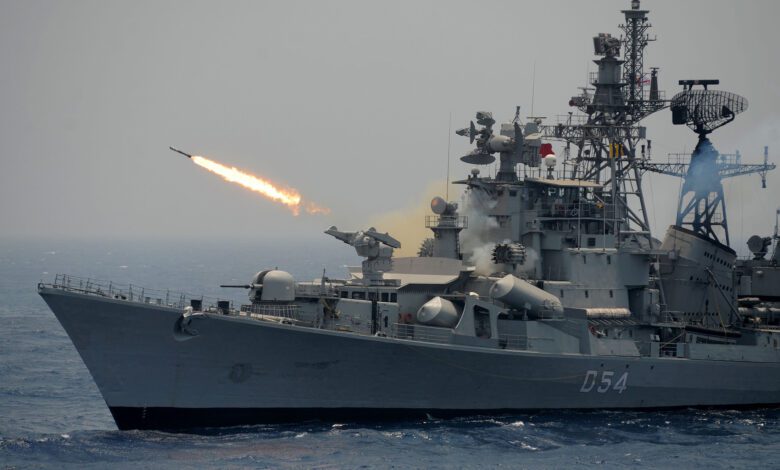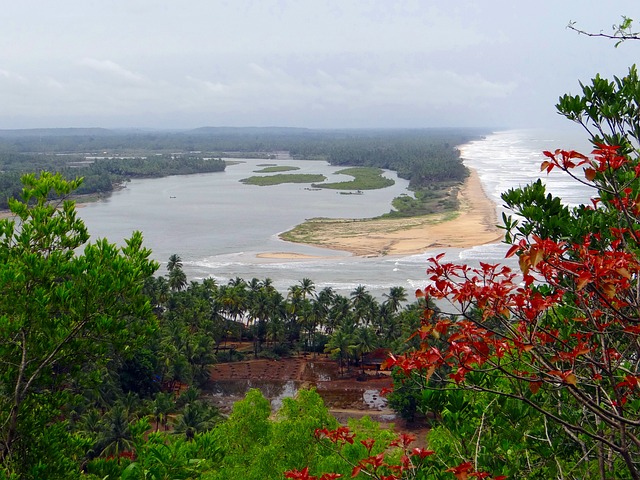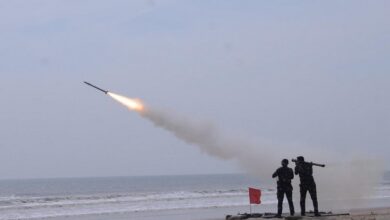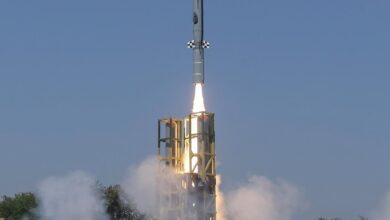India deploys 10 warships in Arabian Sea to thwart pirate attacks
Indian Navy Deploys Warships and High-Tech Surveillance to Safeguard Critical Maritime Routes

India has taken significant steps to enhance security in the Arabian Sea, deploying warships to thwart potential drone attacks and piracy threats. This decision follows a recent pirate attack on the MV Chem Pluto, a Liberian-flagged vessel. The Arabian Sea is undergoing increased security measures due to rising concerns over pirate activities, while the United States focuses on the Red Sea in response to attacks by Houthi rebels on ships.
Leading the enhanced deployment in the Arabian Sea is India, which has chosen not to participate in the US-led Operation Prosperity Guardian. The Indian Navy has adopted a strategy of maintaining a ‘persistent presence’ in the region to counter escalating piracy and drone attacks on commercial vessels that pose a threat to critical communication routes. According to senior officials cited by Times of India, this deployment includes warships such as INS Kolkata, INS Kochi, INS Chennai, INS Mormugao, as well as multi-role frigates like INS Talwar and INS Tarkash.

To strengthen surveillance and security, both the Navy and the Coast Guard are working together to enhance monitoring of the Exclusive Economic Zone of the country. Despite not being part of Operation Prosperity Guardian, the Indian Navy is actively collaborating with friendly foreign nations, including the US, UK, and France. This cooperation involves sharing crucial information to bolster overall maritime security and domain awareness.
The primary objective of deploying Indian warships in the region is to increase surveillance and act as a deterrent against potential threats from pirates and drone strikes. The focus is on stabilizing the situation in the Arabian Sea and promoting net maritime security, as highlighted by an official quoted by Times of India.
In addition to the deployment of warships, the Indian military is conducting regular intelligence, surveillance, and reconnaissance missions. The P-81 long-range maritime patrol aircraft and the MQ-9B Sea Guardian drones are actively involved in these missions. Both aircraft are equipped with advanced sensors capable of providing ‘live feeds’ of high-resolution imagery, enhancing the ability to monitor and respond to emerging threats effectively.
The utilization of the P-81 aircraft and Sea Guardian drones underscores India’s commitment to advanced technology in maritime security. These assets play a crucial role in gathering real-time information, enabling quick responses to potential threats. The Indian Navy’s focus on intelligence, surveillance, and reconnaissance reflects a proactive approach to maintaining a secure environment in the Arabian Sea.
It is worth noting that India’s decision not to join Operation Prosperity Guardian does not hinder its willingness to collaborate with other nations. The active sharing of information with the US, UK, and France demonstrates a commitment to collective efforts in ensuring maritime security. This collaboration enhances the overall effectiveness of the security measures in place.
You might also be interested in – Confronting the threat of rising ship attacks, India deploys three warships in the Arabian Sea


